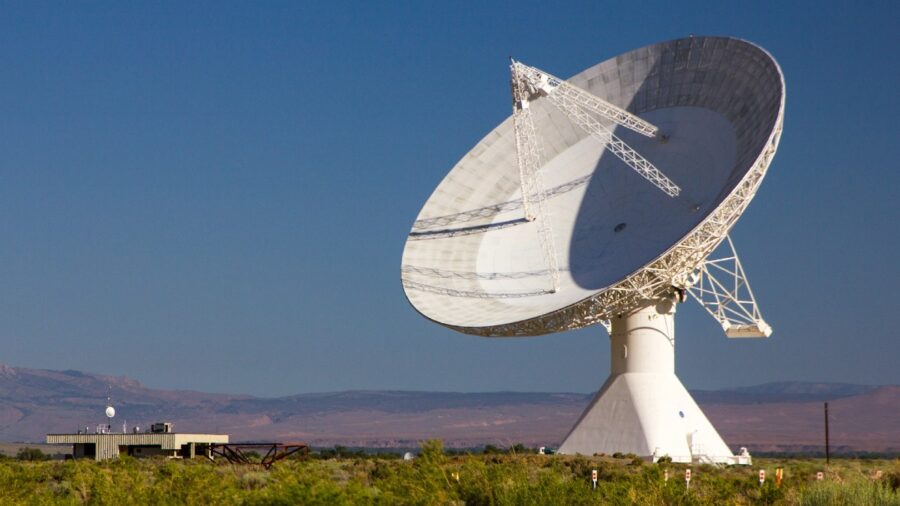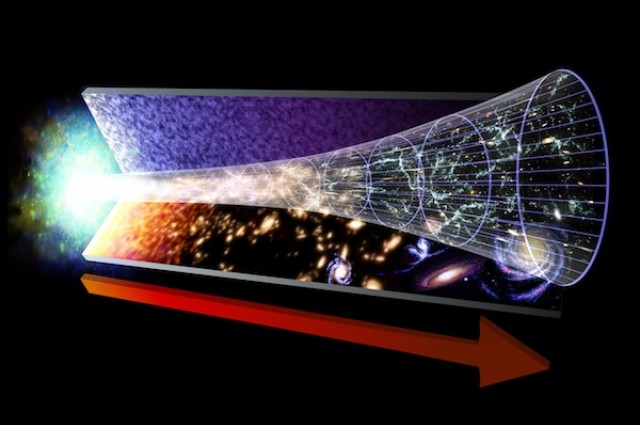Scientists Have Received Radio Signals From Deep Space
The CHIME radio observatory has picked up 25 fast radio bursts from deep space.

Universe Today reported that astronomers have observed 25 fast radio bursts from data captured sometime between 2019 and 2021 by the Canadian Hydrogen Intensity Mapping Experiment (CHIME) radio observatory. These fast radio bursts, or FRBs, are powerful space radio waves that sometimes pulse in repeating patterns. These bursts are sometimes so powerful that they exert more energy in one millisecond than the sun does in three days.
The repeating phenomenon of these space radio waves is significant since only 29 out of the 1,000 FRBs detected since 2007 have been repeating — until now. The cause of these FRBs is also very difficult to ascertain, and we really only have theories for most of them. While many are assumed to be energy emanating from neutron stars and black holes, others are even more difficult to pin down.
Interestingly, the FRBs that do repeat often do so in an inconsistent or irregular manner. There is one notable exception with FRB 180915, which CHIME discovered back in 2018. These space radio bursts pulse every 16.35 days, which is mysteriously consistent when compared to the rest of the data set.
There are many opinions as to what might be causing these space radio bursts. While the neutron star and black hole theories are favored, there are also theories that posit the FRBs could be coming from pulsars, magnetars, and even extraterrestrial communication sources. As we continue to collect this data and get more insight, we may be able to ascertain the true origin of FRBs.
As far as theories go, it would make sense if these space radio bursts came from black holes, neutron stars, pulsars, or magnetars. These all emit massive amounts of energy, so attributing these incredibly powerful bursts to these sources would be plausible. Extraterrestrial communication seems less likely because of the vastness of space, but you never know.
Currently, the Canadian Hydrogen Intensity Mapping Experiment (CHIME) radio telescope at the Dominion Radio Astrophysical Observatory in British Colombia, Canada is one of the top technologies for observing the FRBs. Interestingly, the CHIME wasn’t even initially launched to measure these space radio waves and instead was built to detect the wavelength of light that neutral hydrogen atoms absorb and emit. These observations would help us better understand the universe’s expansion between 370,000 years and one billion years after the Big Bang.

However, it turned out the CHIME telescope was particularly good at picking up FRBs, leading to CHIME/FRB Collaboration. The CHIME has a wide field of view and a wide frequency range so that it can detect space radio waves better than many other telescopes. There are also more next-generation space telescopes on the way that should help astronomers understand even more about FRBs.
In particular, the Square Kilometer Array Observatory in Australia should help shed some light on these space radio bursts. The Square Kilometer Array Observatory is set to merge with the South African MeerKat Array and start observing radio waves in 2027. Of course, we could learn plenty more about FRBs in the years between!












